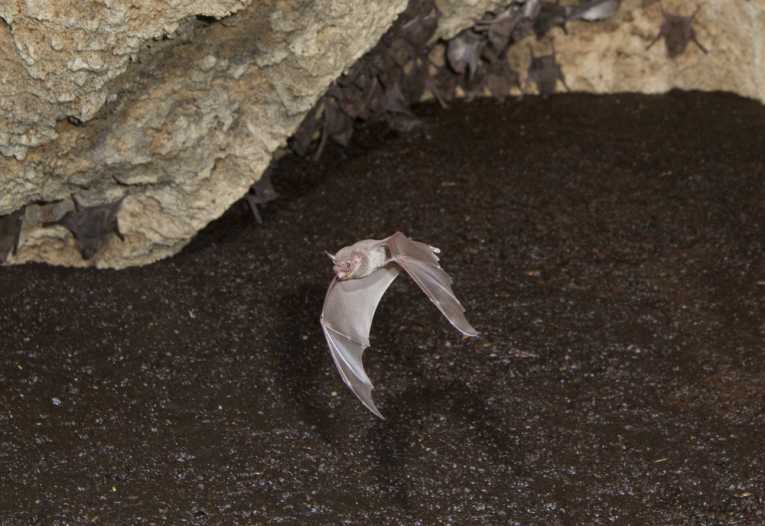Major roads in the UK and Europe can cause big problems for protected bats, new research shows. Busy highways not only diminish the bat population, but also discourage their activity, according to a study published in the Journal of Applied Ecology.
The research, headed-up by Leeds Faculty of Biological Sciences Professor John Altringham, reveals that the activity of bats is 300% lower beside a major road than 1.6km away.
Professor Altringham says the findings could have vital implications for road construction. "UK and European law protects all species, so construction work must not have a negative impact on bat populations.
"This study shows that the impact of roads on bats is far-reaching, and road construction projects must take this into account or they are potentially breaking the law."
Around 3,500 bat flights were recorded beside unlit stretches of the M6 in Cumbria, which is used by up to 40,000 vehicles each day. Ultrasonic equipment recorded bat movement and activity and identified various species, including Nyctalus, Myotis and Pipistrellus.
The further the researchers got from the motorway, the more bat activity increased. Pipistrellus bats were found everywhere on 20 routes up to 1.6km from the carriageways, but Myotis bats stayed away from the road.
Lead author, PhD student Anna Berthinussen, says, "The results were really clear-cut when all other factors were taken into account, showing a very strong correlation between bat activity and diversity and distance from the road.
"Bat activity showed no sign of levelling off before the last recorded point, so it's likely that activity would continue to increase beyond the distance set for this study."
The motorway prevents colonies reaching food and cuts down their choices of habitat, claims Professor Altringham.
"Most species of bat fly relatively close to the ground, or close to trees and hedges, so they are reluctant to cross a wide open space such as a major road, particularly when it is occupied by heavy, fast-moving traffic.
"If they do attempt to cross, it is typically at traffic height, with a high risk of collision. Loss of habitat and increased mortality will both lead to population decline."
The majority of bats find food within three kilometres of their roost, he explains. "If a road cuts across their home range, reducing access to part of it, they will struggle to find sufficient food unless the colony relocates away from the road, putting them in competition with other colonies. If they stay, reduced food supplies will mean less successful breeding.
"Either way, it will be some time before the impact on population size is seen, since bats can live for 10-15 years or more and reproduce slowly."
There appears to be no evidence that special measures such as bat bridges or bat gantries, planned to minimise the impact of the A11 in Suffolk on their habitat, help improve safety for the creatures, adds Professor Altringham.
If reliable evidence is to be presented, the quality of monitoring both before and after the building of roads needs to be improved.
The results of the University of Leeds study are applicable to small bat species across the world and illustrate the effect roads can have on all kinds of wildlife, says the professor.
"Conservation should be evidence-based. We need to look more objectively at the impact we have on the natural world, and at the effectiveness of conservation efforts, if we are to make best use of the limited resources conservationists have at their disposal."










